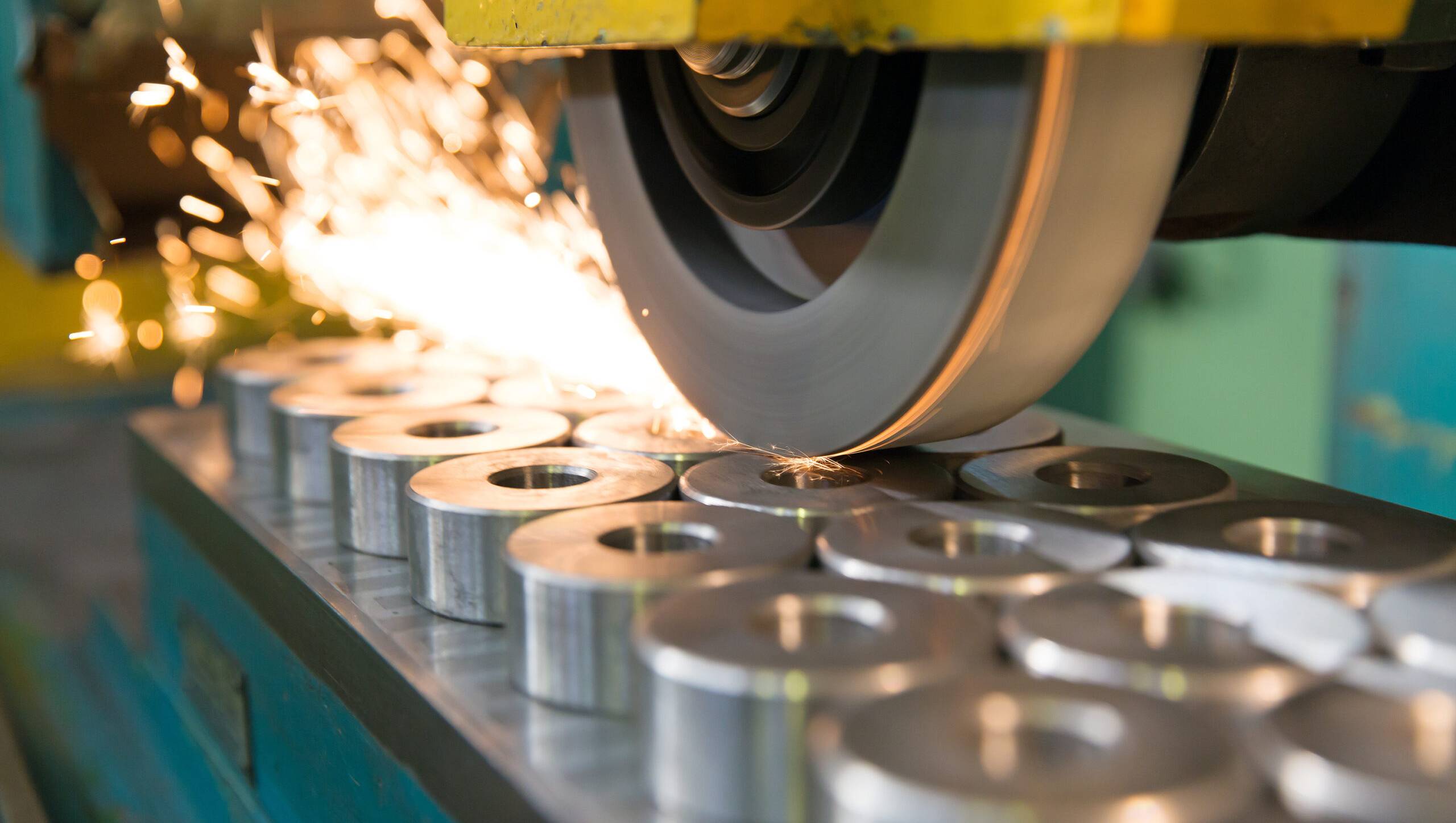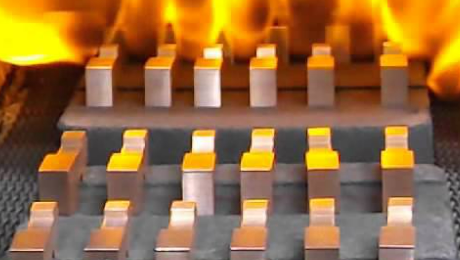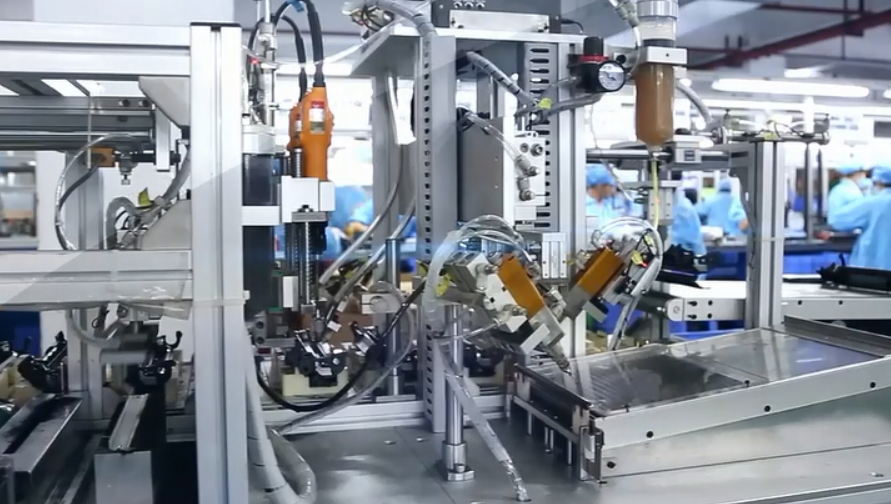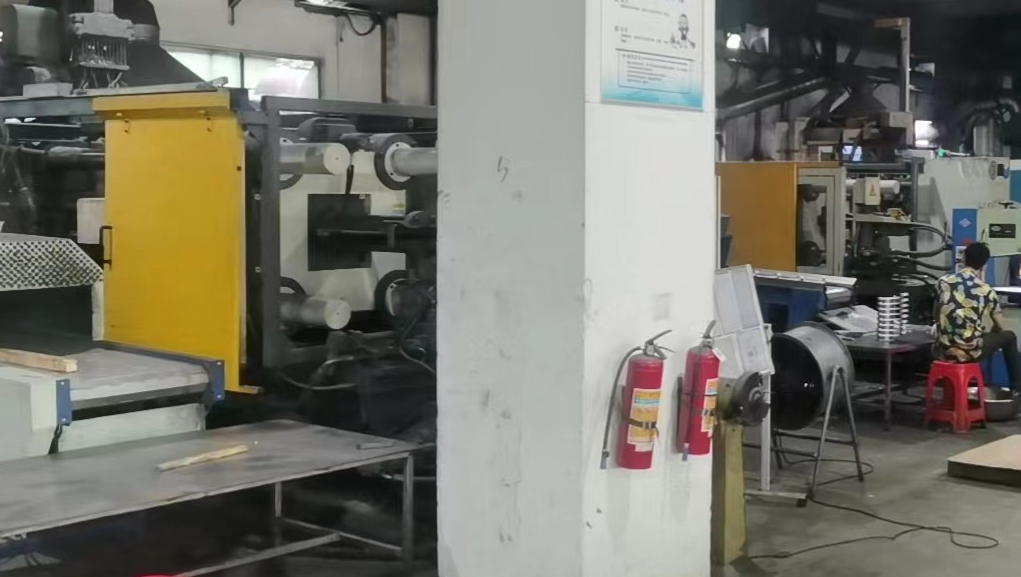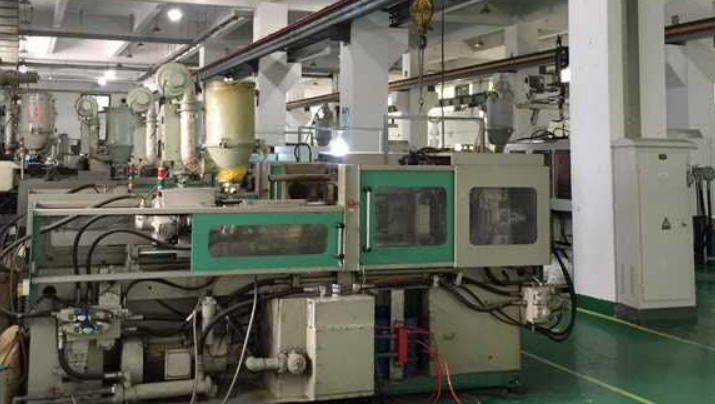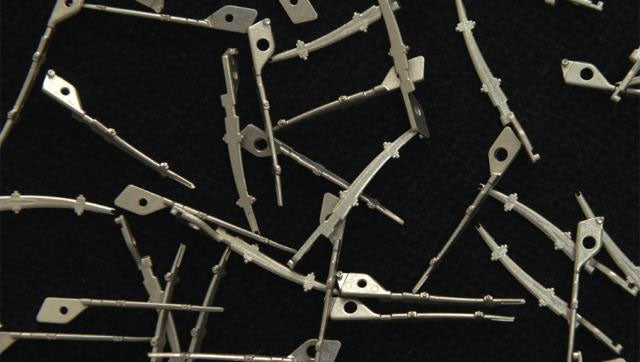The Advantages of Mim for Custom Metal Fabrication
Sintering & the Metal Injection Molding Process
Which Is the Better Technology for Manufacturing Metal Parts, Mim or Investment Casting?
How to Use Mim in the Production of Metal Parts
Design Considerations for Metal Injection Molding
What Is the Metal Binder Jetting Process
Understanding Metal Injection Molding Costs for Parts & Tooling


